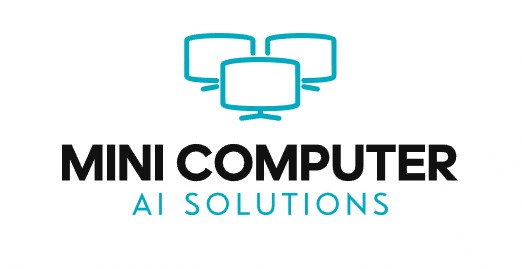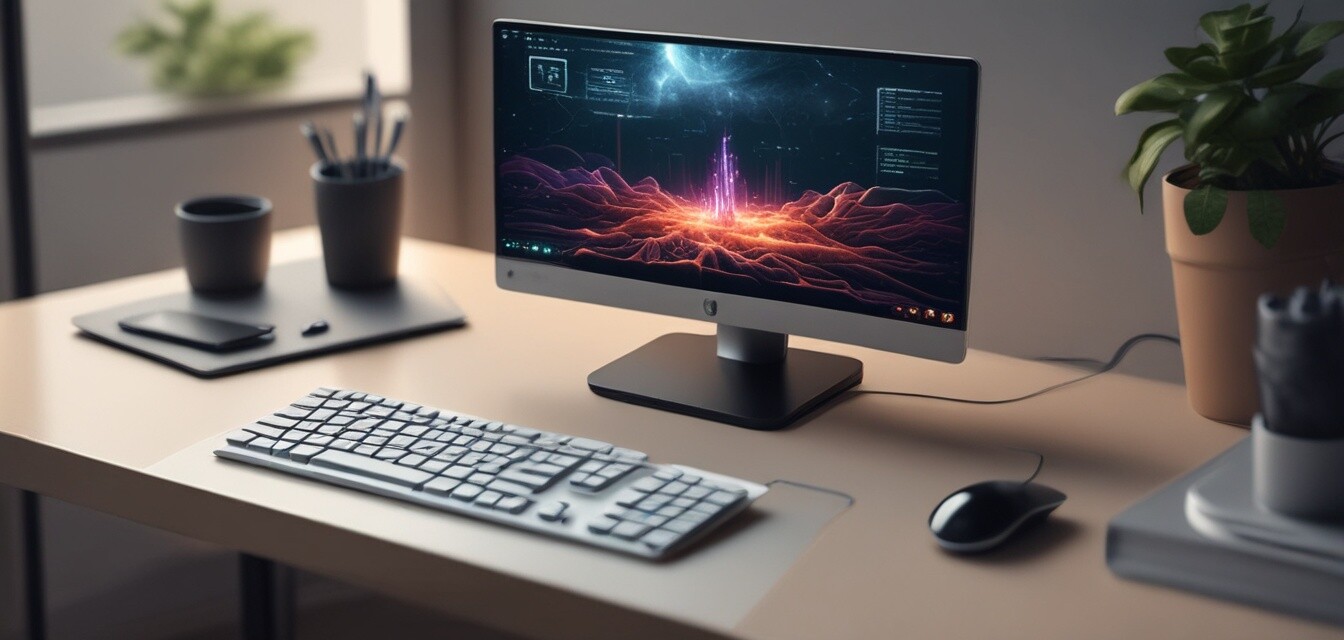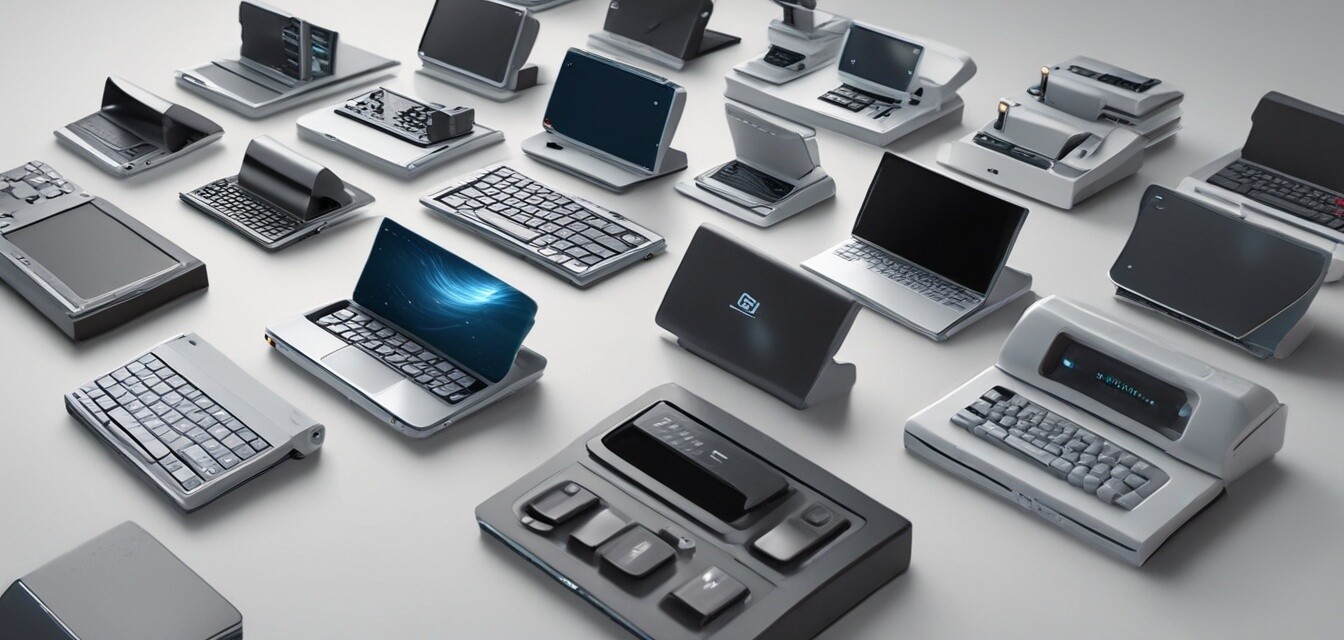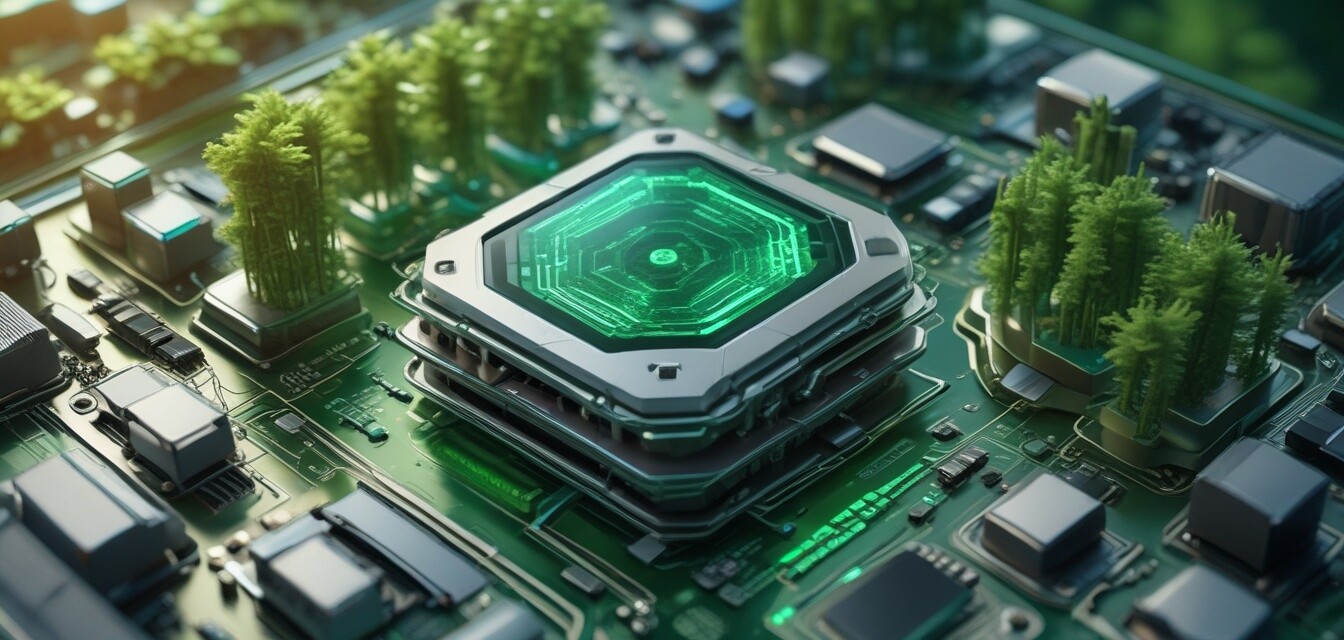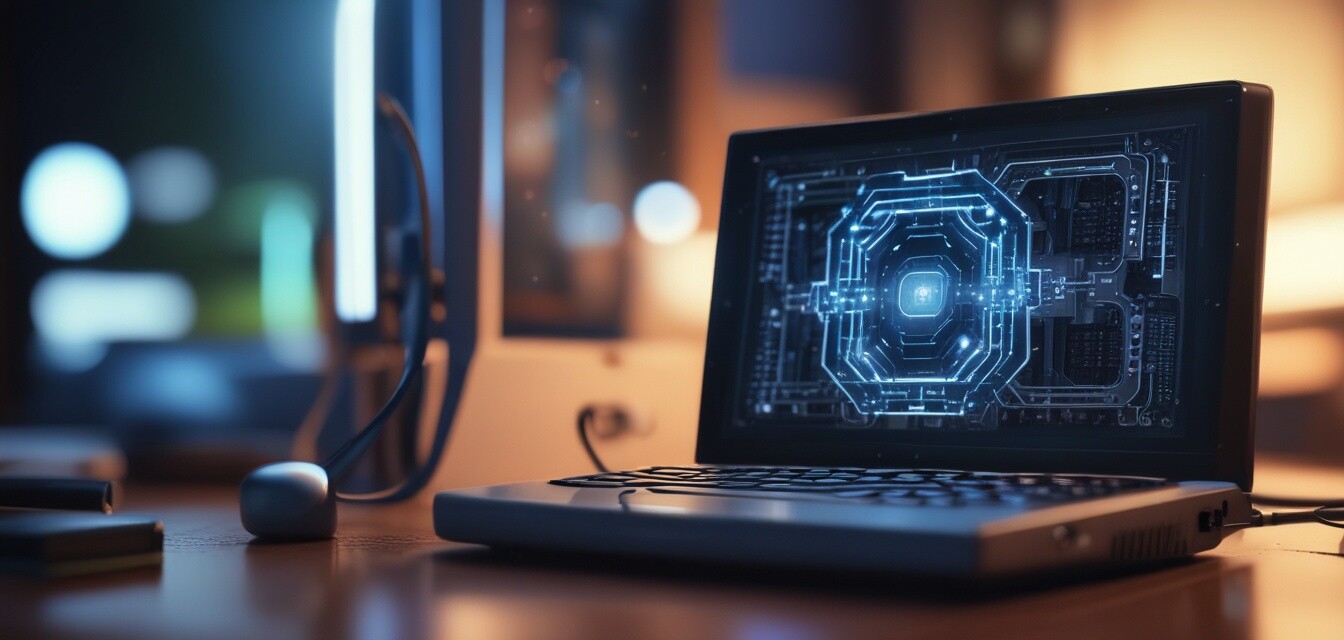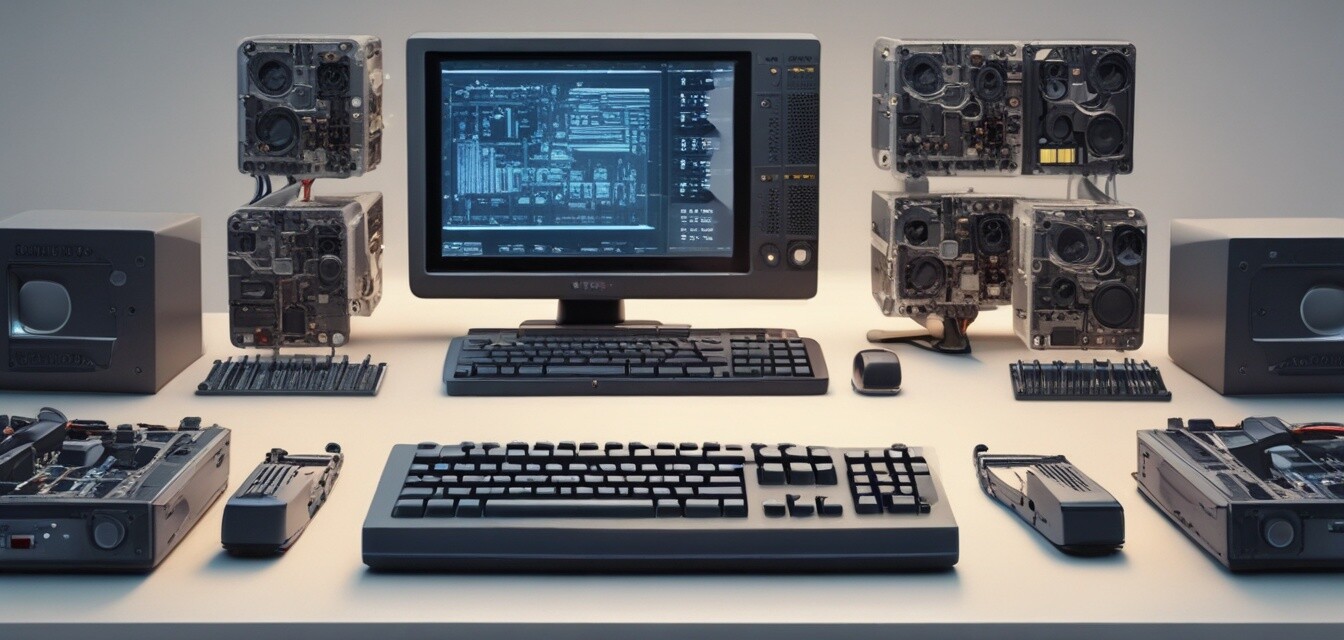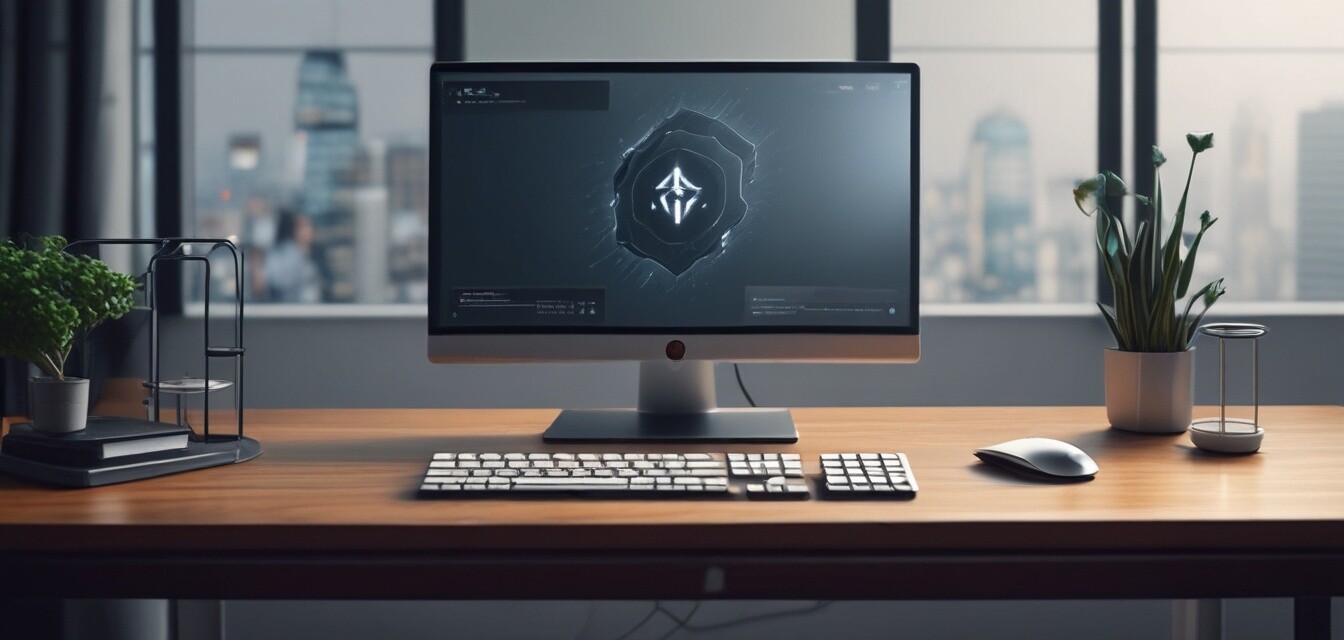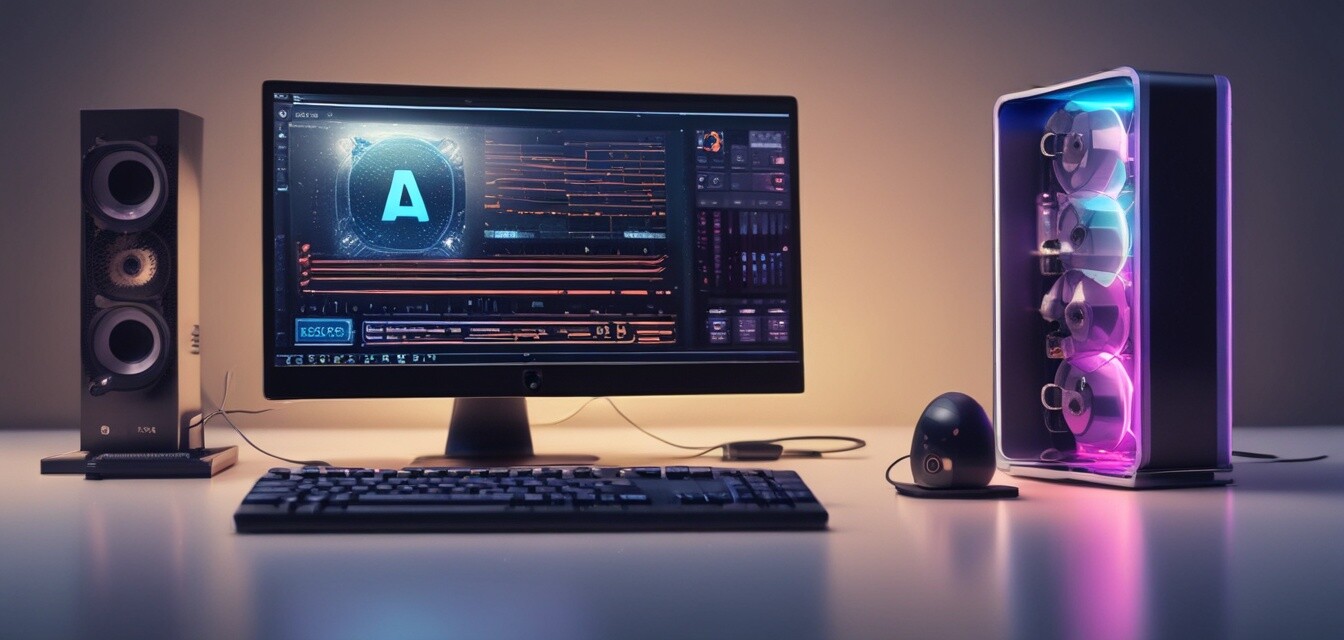
Future trends in mini AI computing
Key Takeaways
- The demand for mini AI computers is on the rise due to their compact size and powerful capabilities.
- Integration of AI technology into everyday devices is expected to grow.
- Energy efficiency and sustainability will be crucial in future designs.
- Advancements in connectivity and smart home integration are on the horizon.
- Mini AI computers will continue to support various industries including education, healthcare, and entertainment.
The future of mini AI computing is bright, and various trends are shaping this exciting field. As technology continues to advance, these compact machines are becoming more powerful and versatile, meeting the growing needs of consumers and industries alike. In this article, we will explore the key trends that are expected to influence the future of mini AI computers.
1. Increased demand for compact devices
With the rise of remote work and digital nomadism, there is an increasing demand for compact devices that can handle powerful tasks without taking up much space. Mini AI computers are designed to be portable and efficient, making them ideal for professionals on the go.
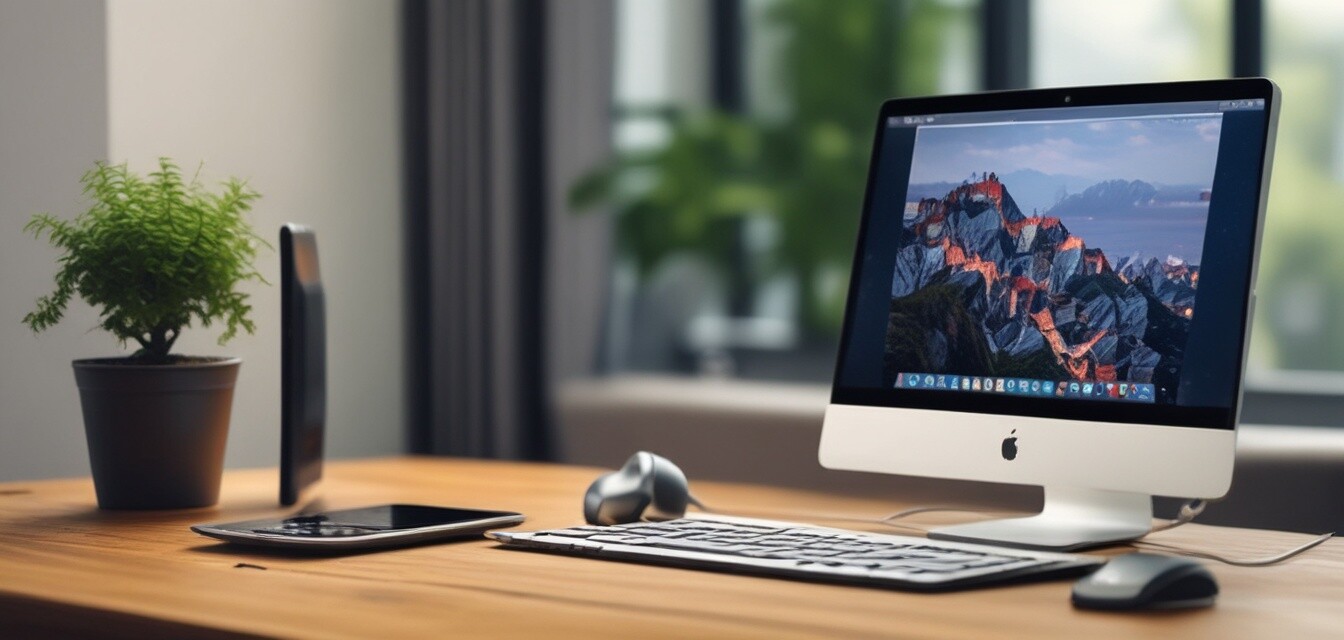
2. Integration of AI in everyday devices
As AI technology becomes more accessible, we can expect to see it integrated into various everyday devices. From smart home integration devices to AI-powered notebooks, the synergy between mini AI computers and other gadgets is set to enhance user experiences.
Examples of AI integrations:
- Smart home automation systems
- AI graphics accelerators for enhanced gaming and design
- AI-powered notebooks for productivity
- Portable computing gadgets for on-the-go use
3. Focus on energy efficiency and sustainability
As environmental concerns rise globally, the push for energy-efficient computing solutions is more critical than ever. Future mini AI computers are expected to be designed with sustainable materials and energy-saving technologies.
| Feature | Current Technology | Future Technology |
|---|---|---|
| Energy Consumption | High | Low |
| Materials Used | Traditional plastics | Biodegradable materials |
| Performance | Standard | Enhanced AI capabilities |
4. Advancements in connectivity
With the advent of 5G technology, mini AI computers will be able to connect to the internet at unprecedented speeds. This will enable seamless integration with cloud services and enhance the overall performance of these devices.
Tips for choosing a mini AI computer
- Consider the processing power needed for your tasks.
- Look for devices with good battery life for portability.
- Check connectivity options (Wi-Fi, Bluetooth, etc.) for better integration with other devices.
- Evaluate the size and design to ensure it fits your workspace.
- Research future-proofing features to ensure longevity.
5. Applications in various industries
The versatility of mini AI computers makes them suitable for various applications across multiple industries. Here are a few sectors that are likely to benefit:
- Healthcare: For data analysis and patient management systems.
- Education: Interactive learning tools and resources.
- Entertainment: High-performance gaming and content creation.
- Industry 4.0: Automation and smart manufacturing solutions.
Conclusion
The future of mini AI computing is filled with innovations that promise to enhance our daily lives. From increased portability to sustainable designs, the trends shaping this field are exciting for both consumers and businesses. Staying informed about these advancements will help you make better choices when selecting technology that meets your needs.
Pros
- Compact and portable design
- Powerful performance
- Versatile applications across industries
- Growing integration with AI technologies
Cons
- Potentially higher costs compared to traditional computers
- Limited upgrade options
- May require specific setups for optimal performance
